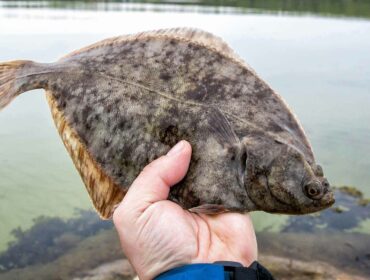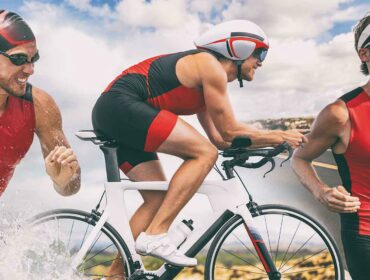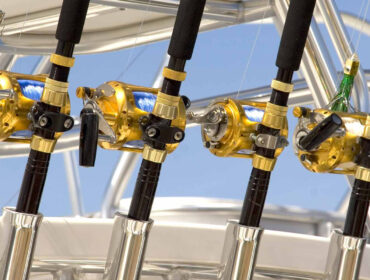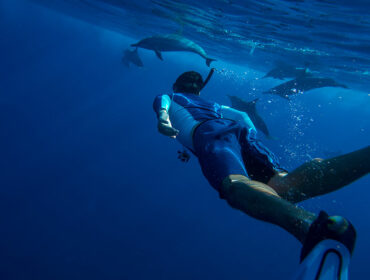Whether you’re an athletic swimmer or enjoy swimming for fun, you’re probably keen on mastering the basic swimming strokes—freestyle, butterfly, breaststroke, and backstroke. Proper breathing is crucial to maintaining smooth strokes and good body positioning when learning these swimming techniques.
Even if you have the best pair of swimming goggles and swimsuit, it would be tough to last in the water or set good swim times if you don’t know how to breathe correctly.
Without further ado, let’s learn about the proper breathing techniques for each type of swimming stroke so that you can focus on improving your speed and form—especially if you’re interested in training for a triathlon.
Swimming Breathing Techniques

Treading Water

Treading water is usually the first thing you’ll learn at swimming lessons. It’s not a swimming stroke that helps you move but lets you stay vertically afloat when stuck in the water for some time.
As a potentially life-saving technique, you must learn to conserve energy and stay calm when treading water. Practice rhythmic breathing and let it normalize your heartbeat. When your head is comfortably above water, take the opportunity to take deep, even breaths.
Treading water will help regulate your breathing, increase energy efficiency, and maintain your position for much longer. You’ll know you’re doing it right when you’re barely bobbing up and down the water and your torso is motionless while your leg and arm movements (together or alternately) keep you afloat.
Breaststroke

The breaststroke swimming technique is one of the most popular swimming strokes. It’s also the most comfortable, as you don’t have to lift your arms out of the water. You swim in a prone position and use both arms to make short and synchronous half-circular movements underwater to move your body forward. The legs also move synchronously and do whip kicks (breaststroke kicking) to add power to each breaststroke.
Thanks to the natural body lift that occurs with each stroke, it’s pretty easy to remember when to breathe while swimming the breaststroke technique. Inhale as your sweep ends, and your body allows your head to lift above the water—but just high enough for the mouth to be aware of water so you don’t create too much frontal resistance.
Many make the mistake of not exhaling during the glide phase, which rushes the breathing process and forces you to use an explosive breathing technique. Although it is a valid breathing technique, it is only used for competitions. It is not usually recommended if you’re a recreational swimmer looking to use less energy and improve your breaststroke.
Freestyle/Front Crawl

The freestyle stroke is mainly used for competitive swimming as it provides the most incredible speed. Almost every swimmer does the front crawl during the Olympic Games and other freestyle competitions. While in the prone position, the arms circle forward overhead alternately, and the feet make up and down flutter kicks to keep the momentum.
The breathing technique for freestyle swimming involves bilateral breathing, which means you take breaths on both sides of your body. The alternating movement of the arms allows you to turn and naturally lift your head with every stroke, just enough to clear your mouth from water and inhale. Like with breaststrokes, you must exhale while your face is underwater.
A common mistake is moving the head too much to breathe “better.” Don’t lift or over-rotate your head; always breathe on the same side where your arm passes overhead. When you do the front crawl, your head and body form a “bow wave” that naturally lowers the water level beside your head, so if your head is positioned correctly, your mouth will have access to that air space for breathing.
After each quick breath, immediately turn your head back towards the bottom of the pool to exhale and keep your head (and body) adequately aligned.
Butterfly

The butterfly is the most challenging and strenuous basic swimming stroke, but it is easier for many swimmers to master than the breaststroke. Also referred to as the “fly,” it requires strength, rhythm, and a particular technique. You get to keep your head straight, but your arms create circles (starting overhead) simultaneously. Then, you do two dolphin kicks to swim forward in a wave-like manner.
You inhale when your body rises slightly from the second dolphin kick, and your mouth lacks water. You then start exhaling when your head drops back underwater until your next breathing stroke cycle. Remember to keep your head in a neutral position while breathing in and to avoid lifting your head too high to the point that you can already see the end of the lane. This way, you avoid straining your neck and losing momentum.
Backstroke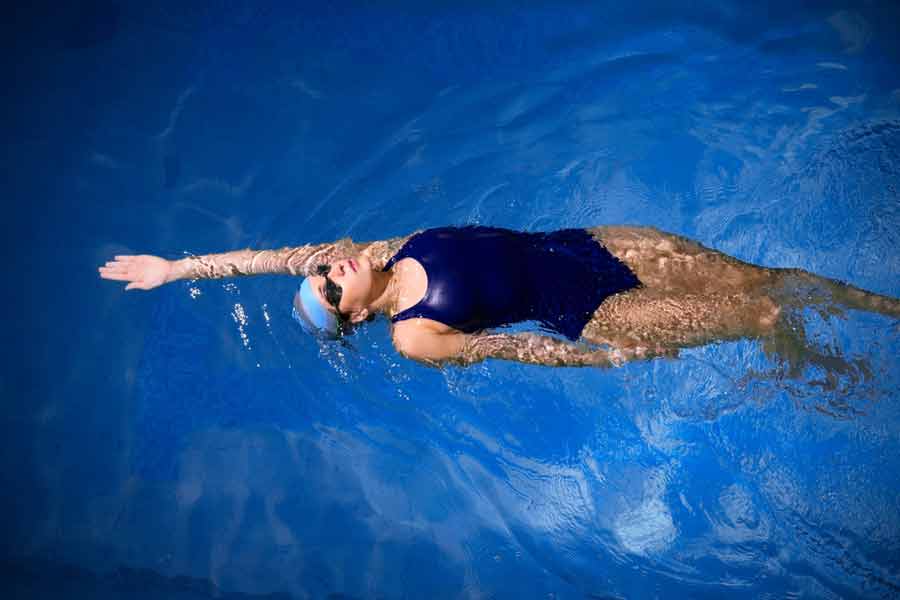
The backstroke is the only basic swimming technique that allows you to be on your back. Like the front crawl, you also alternately move your arms upwards in circles and do flutter kicks to move your body.
A common misconception when doing backstrokes is that you can breathe anytime you need to since your face will be above water for most of it. But to really allow yourself to focus on doing backstrokes as efficiently as possible, get used to correlating your breathing pattern with your arm strokes.
Inhale before pinky entry on your right arm and through the half of the proper arm pull, and then exhale at the same point with your left arm—right before the entry and through half of the left arm pull. Put an alternate between inhaling and exhaling simultaneously but on different arm strokes. This breathing technique promotes a consistent breathing pattern that lessens the possibility of water entering your mouth and nose.


